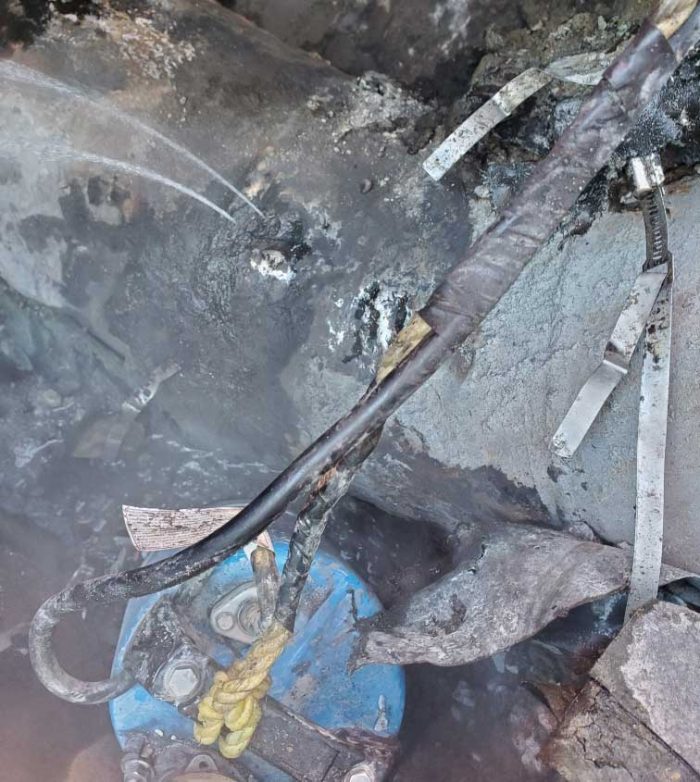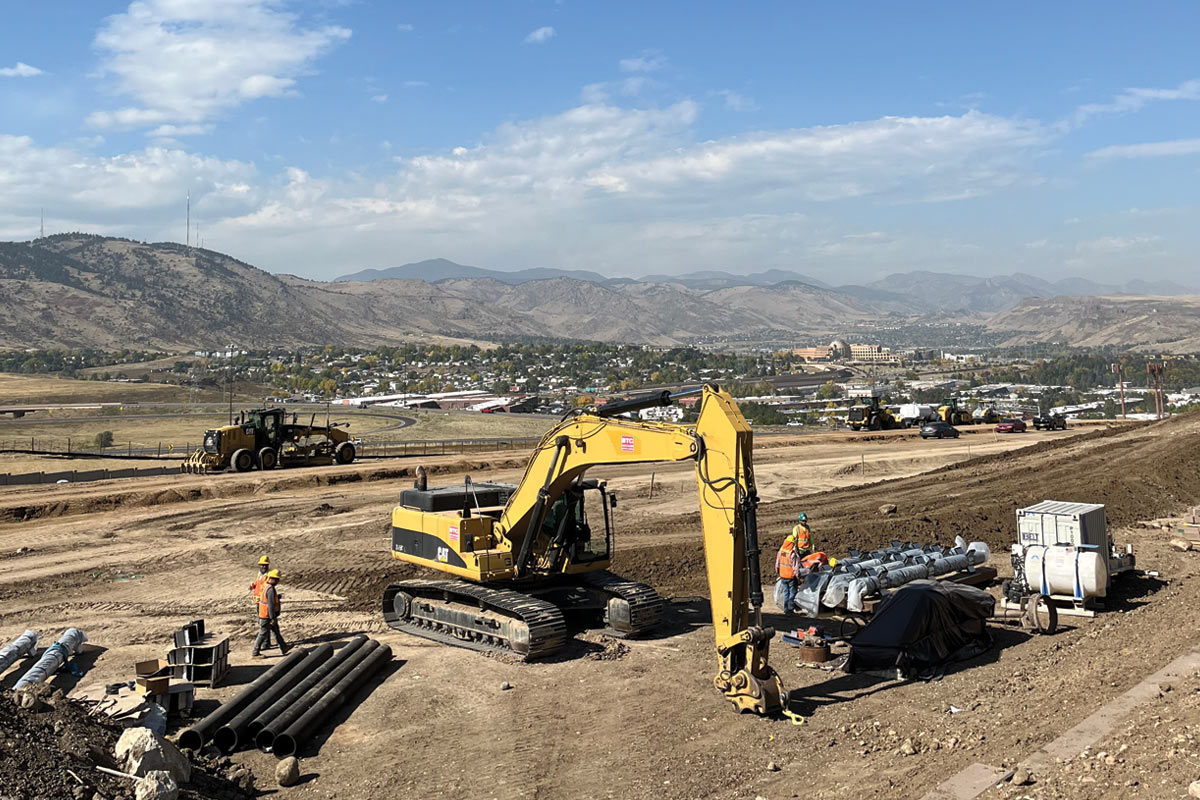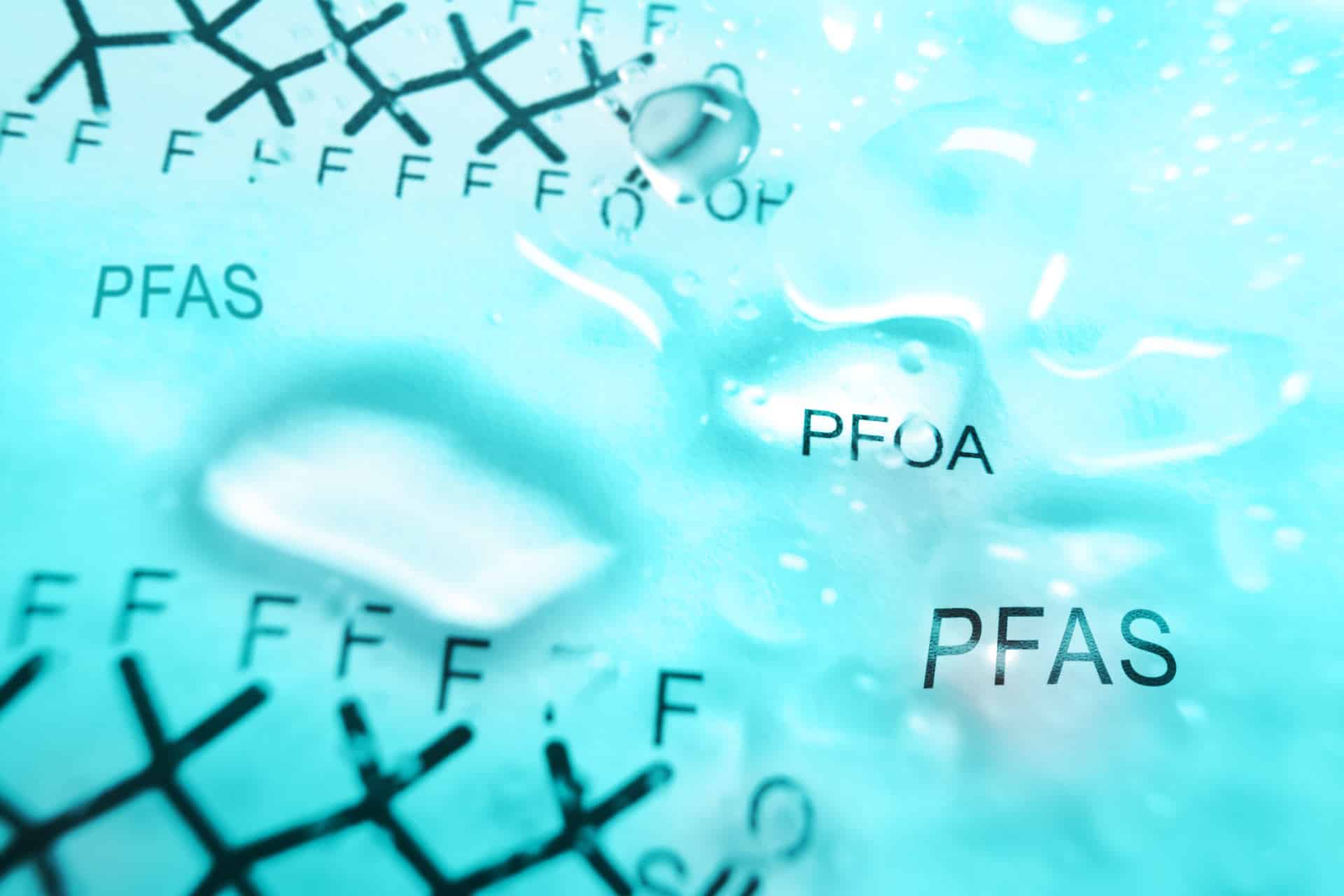
Product Profile – New Kids on the Block for In-Line Leak Detection
Much like our small company, INGU’s Pipers started in the oil and gas industry. This can be a good thing, because oil and gas tends to drive technology development due to regulations and the cost of lost revenue. Also, since many oil-producing regions are in developing nations or far away from North America, this brought the need for a compact and self-deployable leak detection tool.
Due to the typical long runs in oil and gas, the battery-powered Pipers were engineered to travel and collect data continuously for up to 24 hours.
Pipers were introduced to the water and wastewater sector at AWWA ACE 2019. Since that time, utilities have slowly adopted this new solution, not only for leak detection via an acoustic sensor but also for the other available data sets which include a pressure sensor, a magnetometer, IMU and accelerometer. The acoustic sensor provides leaks and gas pocket findings, which is a typical industry standard. Since the device is collecting data from inside of the pipeline, this ensures that anomalies are within a pipe diameter from the free-swimming Piper.
RELATED: PICA Called Upon to Inspect, Assess Steel Force Main for Otay Water District
The devices are neutrally buoyant and are offered in three different sizes (1.50-in., 2.3-in. and 2.8-in.) to adapt to several internal diameters and access points from 2 in. and greater. An insertion is typically through an ARV port, check valve or adapter for a blind flange. Pipers travel with the flow/pump operation and generally travel at the same velocity as the water. One of the unique characteristics of a Piper deployment, is the fact that they do not require tracking. This reduces the amount of civil work to install external trackers and potentially disrupt traffic and risk entering confined spaces.

The First Success
The first successful leak detection project was performed in late 2020 in Windsor, Ontario. Angus Consulting Management Limited (ACML) was dealing with a leak on a heating loop at a casino. Alvin Gauthier, supervisor-facilities management services, knew that their 12-in. hot water line was leaking, but where? The line crossed a road between two buildings, turned to follow a sidewalk and turned again before entering the second building. It then returned to the first building after passing through heat exchangers to provide heat to the casino.
ACML searched for leak detection devices and found PICA and INGU, which together offered the Pipers leak detection sphere, a device that Angus could launch and trap themselves and save the cost of labour to run the device. After several tries, and a change in device type, ACML successfully ran two devices through the piping and the leak was detected.
RELATED: A Collaboration to Assess Montara Force Main
“While the PICA/INGU struggled at first to get a device through the complicated pipe loop, they persevered and were able to not only get a device through but detected a leak and were able to accurately locate it,” Gauthier said. “This made our excavation more precise, and we were able to repair the leak efficiently. The photo below shows the actual leak, which was found on an elbow, and was caused by coating breakdown, allowing ground water to corrode the elbow.”
Since that first leak detection in December 2020, we have completed several potable, raw and wastewater projects to date with no failures. A project would be considered a failure if we were unable to extract a device, therefore the data.

A New Approach to Leak Detection
What makes the Pipers different? The flexibility of who can deploy them, the fact that they have more data sets than the current industry standard, the absence of trackers and NSF certification.
Since the INGU Pipers devices are autonomous, a utility has the option of deploying the devices with their own labor force. PICA provides the advice and insertion and extraction tools as needed, but utility operators, engineers and contractors are free to utilize these in-line leak detection devices themselves without our technicians needing to set foot onto the jobsite. This reduces COVID-19 risks and other health and safety concerns, while utilizing operators that are required to be onsite to activate pumps and valves.
As mentioned earlier, the devices do not require an external tracking setup or locator. This puts more onus on the deployment team and asset owner to understand the insertion and extraction locations, the pipe alignment, as well as the operational velocity.
The velocity is ideally consistent throughout the deployment. The additional tasks of tapping a pipe or navigating a crowded, urban area are eliminated. This again eliminates risks, as well as time and money.
RELATED: Overcoming Access Issues to Complete a Mainline Inspection and Rehabilitation Project in Sacramento
How do we know where the devices are? The location of anomalies is inferred by the several sensors collecting data concurrently. The magnetometer can sense joints, the pressure sensor senses changes in elevation and the IMU and gyro sense changes in direction. That collected data along with accurate operational notes and known pipe characteristics such as risers and bends allow the data scientists to understand where the found anomalies are located.
Finding gas pockets with an acoustic sensor, is one useful function of in-line leak detection devices, however, teaming a pressure sensor with the acoustic sensor can also provide high elevation points. This can be useful to determine if ARV’s are properly located along the alignment and where corrosion typically occurs.
Lastly, the Pipers may be the only in-line leak detection device that have been certified by NSF as safe for potable water. The devices were never intended to stay inside of a potable line for any significant amount of time but gaining NSF certification can provide utilities a peace of mind that INGU and PICA have performed due diligence for our industry and the health and welfare of the public. INGU also holds an ISO 9001:2015 certification. For additional peace of mind, INGU replaces the outer shell of the Pipers after every run: so no worries that the Piper has been in an O&G or WW line on its last outing.
Kristopher Embry is the regional manager at PICA USA.




